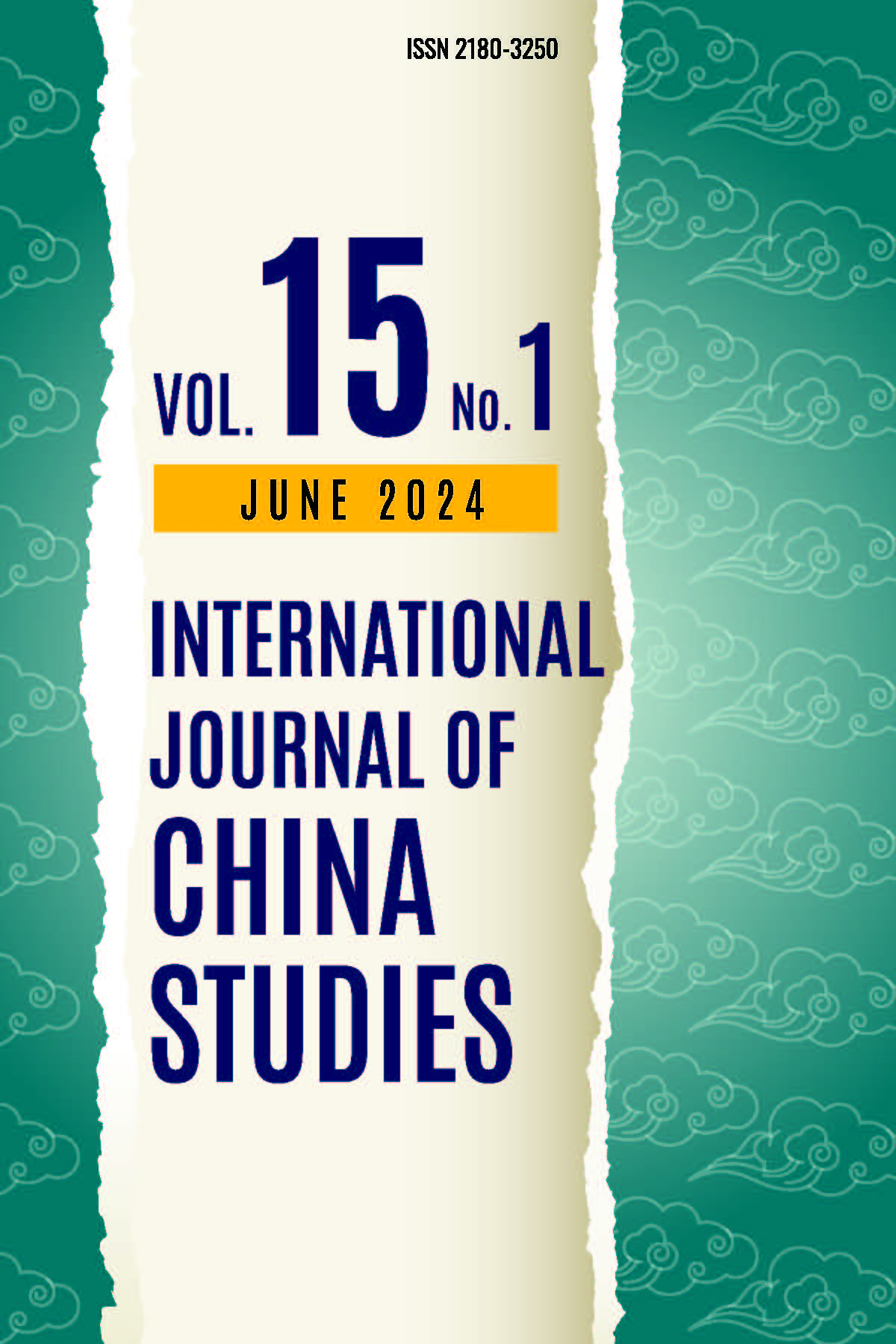Artificial Intelligence and Labour Productivity: Lessons from China
Keywords:
AI patent applications, artificial intelligence, labour productivityAbstract
This study investigates the impact of artificial intelligence (AI) on labour productivity across China’s manufacturing, services, and agriculture sectors by using the number of patented AI applications as a proxy for AI. The research spans the period from 2000 to 2019. Employing Ordinary Least Squares (OLS) regression analysis, our findings reveal that the influence of AI patent applications on labour productivity is more pronounced in the manufacturing sector compared to the services sector. In contrast, we observe insignificant results in the agriculture sector. Several factors contribute to these disparities, including the greater employment of highly skilled workers in China’s manufacturing sector, while the services sector generates more jobs for less skilled employees due to lower AI utilisation. Nevertheless, we conclude that the effects of current AI patent applications on labour productivity in Chinese economic sectors are not immediate, only manifesting after several years. This lag can be attributed to the time required for patent processing and research and development (R&D) activities, along with the lag structure of labour productivity. Our results also underscore a notable gap in the rapid development of AI patent applications between agriculture and both the manufacturing and services sectors. This highlights the policy implications of the need to enhance coordination between industrial structures and employment structures across industries. Greater investments in patents, R&D, innovation activities, and workforce training should focus on industries with low AI adoption rates. Consequently, policymakers in China should prioritise augmenting the level of human capital by improving the technological skills of the labour force, enabling workers to assimilate AI, and increasing the number of AI patent applications across economic sectors.

